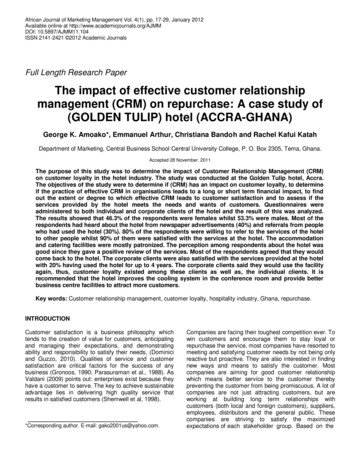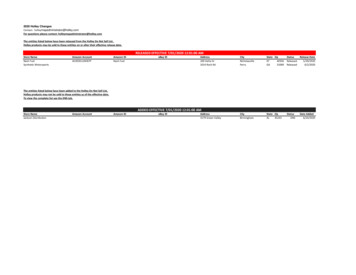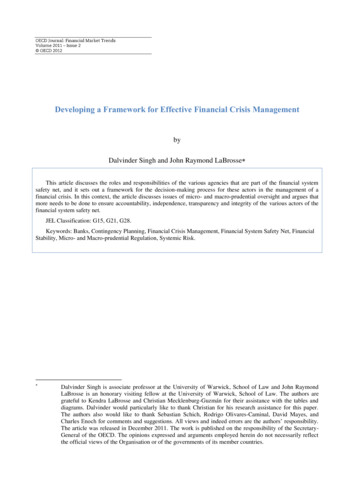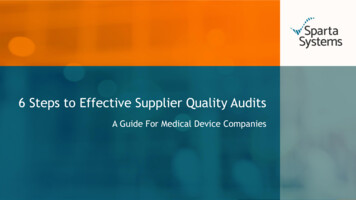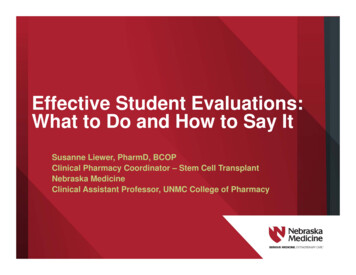
Transcription
Effective Student Evaluations:What to Do and How to Say ItSusanne Liewer, PharmD, BCOPClinical Pharmacy Coordinator – Stem Cell TransplantNebraska MedicineClinical Assistant Professor, UNMC College of Pharmacy
Disclosure I have no financial relationship withpharmaceutical companies, biomedicaldevice manufacturers, or distributers, orother whose products or services may beconsidered related to the subject matter ofmy presentation
Objectives Recognize the benefits of completing studentevaluations Explain how to prepare for a student evaluation Describe how to conduct an honest andconstructive evaluation Identify common pitfalls to avoid during theevaluation
Why do we dread givingstudent evaluations?Study finds that basically every single personhates performance reviewsMcGregor, J. The Washington Post; 2014 eviews
The Problems withEvaluationsAccording toPreceptors Pharmacy Studentssay Take too long to write Students only want good news Doesn’t improve performance Never get one or it’s lateAll checkmarks and noexamplesNo guidance about whatto do differently
The Purpose ofPerformance mance &developmentRECEIVINGFeedback
Evaluations When done correctly– Better rotation performance– Higher student and team morale– Positive influence at your workplace Evaluating the quality of the student’s work– Discussing your assessment– Listening to the student’s assessment Completed– Mid-point– End of the rotation– Follow up as needed
Mid-Point Evaluation:It’s Critical Can improve rotation– Performance– Experience Includes– Student self assessment– Preceptor assessment What does the student do well? Where are there opportunities to improve?– High achievers Extra topics or assignments that could be completed?– Low performers Opportunity to document concerns Customize the rotation for the student– Discuss the rotation Do they need additional resources, time etc.?
Before the Rotation What will you evaluate– What are your expectations? What should the student be “doing” while on your rotation– What is on your syllabus? You may be surprised– Applied competencies are broad in scope What specific activities will you associate with thesecompetencies?– Be transparent Share your expectations as well as what will be evaluated First day of the rotation– Customize the experience Does the student have their own goals for the rotation? Should it be added to the evaluation?
Rotation Competencies
Identifying ActivitiesTo Evaluate Maintain awareness of evidence-based informationresources, and use principles of evidence basedmedicine .– When asked a drug information question, ensure thestudent understands the question, selects the appropriatereferences, formulates a search strategy that will answertheir question, summarize the data and give arecommendation Provide information regarding prescription and nonprescription medications– Provide medication information to patients and care giversthat describes how/when to take their medications,accurate discussion of side effects described at anappropriate level
Identifying ActivitiesTo Evaluate Direct patient care: learn to manage complicatedpatients who have multiple health issues with afocus on supportive care––––––Learn how to collect and organize dataApply the patient information to problem listSet appropriate therapeutic goalsAssess patient progress towards their goalsRedesign goals as necessarySummarize the patient information for the preceptor
Discuss the Roleof the Student Medical team and staff– Pharmacists, nurses, technicians, physicians, mid-levelproviders Benefits– Consistent expectations– Students understand accountabilities– Additional source for obtaining feedback
Preparing for an Evaluation:Gathering Information Direct observation Keep notes– Request informal feedback from staff Specify what topics to cover Give students regular feedback––––SpontaneousScheduledDevelops trust, cooperationPrevents surprises during the evaluation
Student Self-evaluation Evaluation process– Not a passive recipient– Advanced notice– Time to consider their own performance Expectations– Areas of strength and uncertainty– Develop goals for the rotation/future rotation– Feedback about the rotation What do they enjoy the most? What would they like to see changed?
Evaluating StudentPerformance Review your data and notes– Has the student excelled, met expectations?– Activities/areas for improvement? Assess results– Focus on behaviors/activities Go back to your syllabus– Don’t “grade” personalities Most students are “nice people”– Use examples to support assessment
Evaluating Performance:Other Attributes to Consider Initiative Demonstrate ambition? Ability to ask questions Cooperation and teamwork Communication skills Prioritize job duties?Meet deadlines? Knowledge Reliability Work effectively withprofessionals and patients? Focus ProductivityConsistently demonstratedependability andcompetence? Improvement Have you seenimprovement in areas sincethe mid-point evaluation
The Preceptor’s Role andStudent Performance Have you provided the student with ––––––Adequate training, resources?Clear expectations and detailed directions?Set realistic deadlines and established clear priorities?Tried to motivate?Been too hands-off, providing insufficient feedback?Been too involved? Not allowing the student a chance to succeed independently
Document your Assessment Don’t be constrained by a form– Adapt it and use narrative to tell your story– Observations, comments and examples are more usefulthan numerical ratings Include attachments if easier– Associate conclusions to data Number of patient counseling episodes Number of drug information questions answered
Document your Assessment Look back at the assigned activities– How did they perform? Include details on what you observed– The impact on your team Neutral facts– Avoid judgments Let’s practice– “Theo doesn’t care about his patients, he won’t taketime to tell them about their medications ” Characterizes Theo, rather than his behavior– “Theo is great with patients!” Does not tell Theo what he does well– Suggestions?
Watch Out For The Halo Effect: Allowing one good aspect of a person’scharacter or performance to influence the entire evaluation The Horns Effect: Allowing one negative aspect of aperson’s character or performance to influence the entireevaluation Partial Rating: Basing the rating on the most recent periodof time, not the total evaluation period Similar to me: Evaluating more favorably those who aresimilar to the rater Favoritism: Evaluating friends higher than other students
Watch Out For Evaluation inflation– Student being evaluated Loss of full potential, professional development, motivation– Other students on rotation Communicates that people are not held fully accountable or thatthere is preferential treatment– Preceptor Effectiveness, management decisions– Overall performance of work group
Conducting the Meeting:The Preparation Schedule it in advance– First day of the rotation Choose a convenient time– Avoid high volume times, lunch time Neutral location– Private and free from distractions Your office? Content– Discussed at the beginning of the rotation
Conducting the Meeting:Set the Right Tone Establish rapport– Limit distractions: cell phones, computer notifications Discuss the purpose of the meeting– How the student can best meet goals Student self-appraisal– Active listening– Paraphrase Taking notes– Important during the mid-point– Record: key points and phrases, points of disagreement– Goals for remainder of rotation
Conducting the Meeting:Student Performance Frame feedback to reach goal-related outcomes– “You need to improve your pharmacokinetic skills”– “Theo, an important part of this rotation is to providepharmacokinetic consults. I would like you to becomemore familiar/comfortable with the calculations,providing a dosing recommendation and monitoringrecommendations” Include what modifications are to be made toachieve these goals– “To give you more exposure to pharmacokinetic consultseach of our pharmacists will call you when they areconsulted for aminoglycosides or vancomycin”
Conducting the Meeting:Student Performance Focus on the performance, not the student– “You don’t seem dedicated to learning aboutvancomycin PK”– Character attacks – offers no ideas for change, puts thestudent on the defensive Neutral language– Do not express judgment, anger, contempt– “You do not participate in our group discussions”– I have noticed you have been quiet during our groupdiscussions, why is that?” Be selective– Don’t recite every shortcoming
Recognizing StrongPerformance Concentrate on their strengths– Celebrate the successes Discuss specific examples– Highlight the most noteworthy– “Theo took extra time to help a patient with many chronicmedications to develop a medication plan and taught her howto fill her pill box. This patient appreciated his help and hedemonstrated a commitment to helping his patients” Areas for improvements– Likely acknowledge themselves– “What would you like to work on for the rest of this rotation or inyour next rotation”?– “What activities would you like to continue to practice ?”
Addressing InadequatePerformance Identify early in the rotation– Knowing your own expectations– Immediate informal feedback– Be specific Use activities and expectations discussed on first day– Develop a formal action plan Update regularly Weekly Communication with the College– As soon as possible– Confidentiality
Addressing InadequatePerformance Before the mid-point or final evaluation– Be prepared– Bring notes Keep yourself on task– Let the student know they are expected to self-evaluate During the evaluation– “Tell me about your performance during this rotation” Listen Paraphrase to ensure understanding It’s not personal
Addressing InadequatePerformance Now it’s your turn .– Start with areas of agreement from self-evaluation– Give them credit for good performances Use specific examples– State concerns precisely “Your approach to patient education is of serious concern” Specific examples Neutral language, just the facts Avoid the “sandwich technique”– Positive, negative, negative, positive– Lacks consistent message May provide false encouragement
Addressing InadequatePerformance Be sure to include– Why it is important to address these issues– Consequences for no improvement If they argue – Successful performance on other rotations– They were not aware they were not meeting expectations Acknowledge facts may not have been presented clearly in previously Reemphasize current performance was not an acceptable level Yes, this can be uncomfortable– Being honest helps the student improve– “Sugar coating” may confuse your message
Addressing InadequatePerformance Plan for correction– Wait until end of evaluation– Incorporate into discussion Can be encouraging to the student Give the student time to reflect– Expect some silence Summarize the discussion– Specific action plans– When to expect more feedback– Consequences for not addressing areas of improvement Documentation– Each sign the evaluation and/or action plan
Establishing theNext Steps Mid-point: goals for the remainder of the rotation– Students should participate– High performers: consider career ambitions– Performance issues: specific areas to address Be realistic with your remaining time Set clear goals/expectations When will you follow up? Final evaluation: goals for new rotations– Give confidence Better understanding of their strengths– Identifies goals for upcoming rotations– Valuable feedback for the college
Monitor Progress andFollow Up Frequent interactions with the student– Progress towards goals Obstacles for the students? Need additional resources?– Reinforce learning points– Supports continued growth– Establishes partnership Include all students– High and poor performers
Critique YourEvaluation Approach Practice, practice, practice Self reflection––––Preparation processOpen communication?Feedback clear and specific?What would you do differently? Final evaluation: solicit feedback– Was the mid-point helpful?– Did the feedback help you understand how to improve?– What would you have done differently?
Student CaseMarsha and Jan are two pharmacy students onyour hospital rotation. Both have been with you foralmost two weeks. You have been preparing for themid-point evaluation. You have noticed: Marsha is pleasant and maintains a positiveattitude. She enjoys talking to patients, she hasperformed 5 discharge counseling sessions, 7pharmacokinetic consults, 15 medication historyconsults. Marsha is efficient, her work is detailedoriented and her consults are accurate withprofessional wording. Two patients hadexpressed to you that they enjoyed speaking withMarsha about their medications.
Student Case (con’t) Jan has been quiet and performs tasks only whendirected to do them. She has only performed 3pharmacokinetic consults, 1 discharge counselingand 6 medication history consults. While Jan isquiet, her pharmacokinetic recommendations aresolid, but Jan struggles with documentation andusing professional terminology. In her dischargecounseling session her medication informationwas correct, but Jan did not look at the patient orthe family during the session and only looked ather notes.
Mid-Point Evaluation What feedback do you give to Marsha?– What goals can you set for the remainder of therotation? What feedback do you give to Jan?– What goals can you set for the remainder of therotation?
Additional Resources Harvard Business School Publishing. 20 Minute Manager:Performance Reviews, Evaluate Performance Offer ConstructiveFeedback Discuss Tough Topics. Boston: Harvard Business ReviewPress, 2015Dattner, Ben “In Performance Appraisals, Make Context Count.Harvard Business Review June 3, 2013. ke/Sytch, Maxium and DeRue DS. “Ditch Performance Reviews? HowAbout Learn to Do Them Well? Harvard Business Review. June 22,2010. ow/Falcone, Paul. 2600 Phrases for Effective Performance Reviews.New York: AMA-COM, 2005Harvard Business School Publishing. HBR Guide to Giving EffectiveFeedback. Boston: Harvard Business Review Press, 2012Hattersley, ME. “How to Get the Best Out of Performance Reviews.”Harvard Management Communication Letter, May 1999 (product#C9905A)Peiperl, MA. “Getting 360-Degree Feedback Right.” Harvard BusinessReview, January-February 2001 (product #R0101K)
character or performance to influence the entire evaluation The Horns Effect: Allowing one negative aspect of a person’s character or performance to influence the entire evaluation Partial Rating: Basing the rating on the most recent period of time, not the total evaluation period
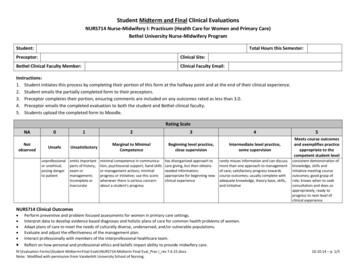
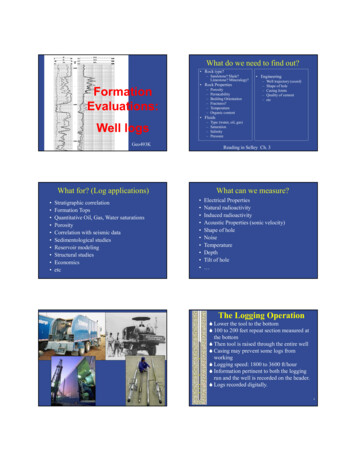
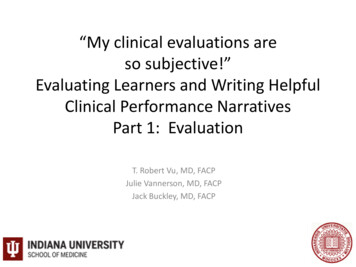
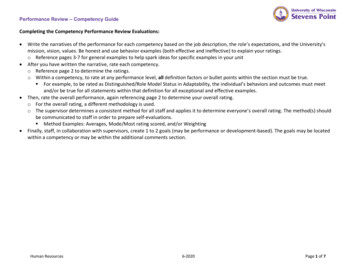
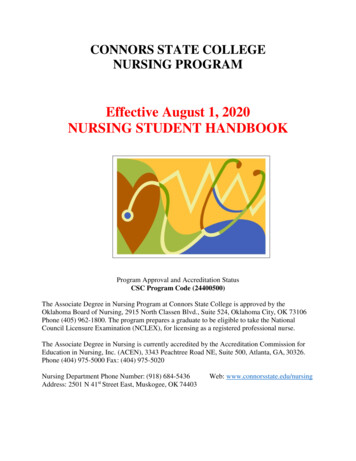

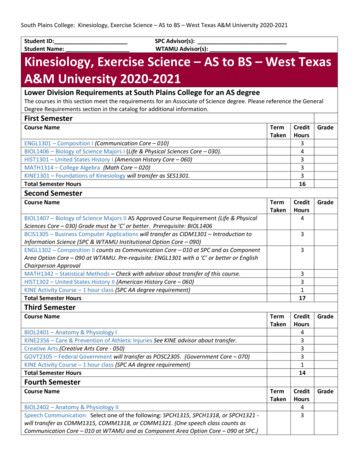
![Fluent Python : [clear, concise, and effective programming]](/img/1/799981060.jpg)
